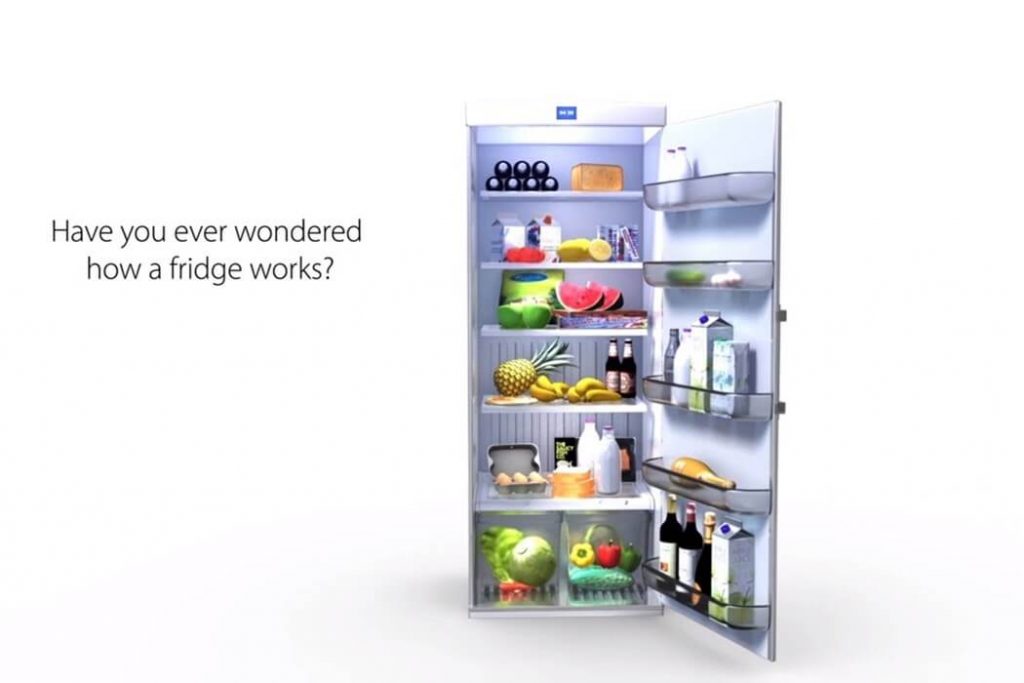
If you’re in the heating and air conditioning field, you’re probably mostly dealing with complex, cutting-edge, residential HVAC systems. In fact, it might be the single biggest asset of your company and the one field that brings in the most revenue to your business. After all, the majority of clients wish to have the latest and the greatest, leaving you plenty of room to spread your wings and take a step into the future of HVAC.
However, what about the basics? It’s easy to forget about the less complicated appliances, such as refrigerators. They’re equally essential as any HVAC systems and your clients come to rely on them even more so than a breath of cool or warm air. That’s why you need to possess the knowledge to explain the inner workings of these units. Your customers will probably have numerous questions if they’re looking to buy one or if their fridge malfunctions.
Also Read:
- Quick and Easy Instructions to Reset Your Samsung Fridge
- How to Easily Force Defrost Your Samsung Refrigerator
How Do Residential Refrigerators Operate?
As a provider of varied heating and air conditioning services, household refrigeration falls right in the middle of your area of expertise. However, as said, it’s easy to put such segments of service onto the back burner for the more advanced HVAC units your clients are wishing to install or upgrade to. And that’s a mistake.
You need to place equal focus on the common appliances, as mastering their services will situate you as the go-to contractor for your local area of operations. However, besides knowing how to actually recommend, install, and repair different types of residential refrigeration systems, you also need to know how to explain their inner workings to your clients.
The refrigeration cycle includes the five main components, which are the expansion device, the evaporator coils, the condenser coils, the compressor, and the liquid refrigerant that actually provides the necessary cooling.
The best way to explain how a refrigerator works is to tackle the order in which these components operate and what they do:
The Compressor Is First In Line
The first device that engages when the refrigeration cycle begins is the compressor. The function of the compressor is to constrict the refrigerant vapor. It achieves this by increasing the pressure of the refrigerant present in the system and pushing it outward into the exterior coils of the device.
Also Read: 6 Best Deep Freezer for Breast Milk in 2022
Then It’s Time For The Exterior Coils To Do Their Job
Next in line is the exterior condenser coils. The pressurized gas from the compressor is very hot and in gaseous state. However, it needs to transition into a liquid state, and that’s the purpose of exterior condenser coils. As the hot, gaseous refrigerant meets the cool coils on the exterior of the refrigerator, it cools down and transitions into its liquid state, ready for the continuation of the cycle.
Now, The Interior Coils Take Over
Although now liquid, the compressor is still under high pressure. However, it slowly transitions into the interior of the appliance where it continues to cool down and starts doing its basic purpose of actually providing the necessary cooling for the refrigeration process.
The Refrigerant Takes The Show
As it transitions into the inside of the refrigerator, the liquified refrigerant starts to absorb the heat present within the unit. Simultaneously, it also provides cooling and fulfills its primary function before continuing with the cycle.
Also Read: Undercounter Refrigerator Ideas
Finally, Evaporation Takes Place
At the end it’s time for the refrigerant to start evaporating into its gaseous form again. This happens as it absorbs heat from the interior of the refrigerator and transitions back into the compressor to get pressurized into a gas again. From there, the entire cycle starts again and continues for as long as the fridge is on.